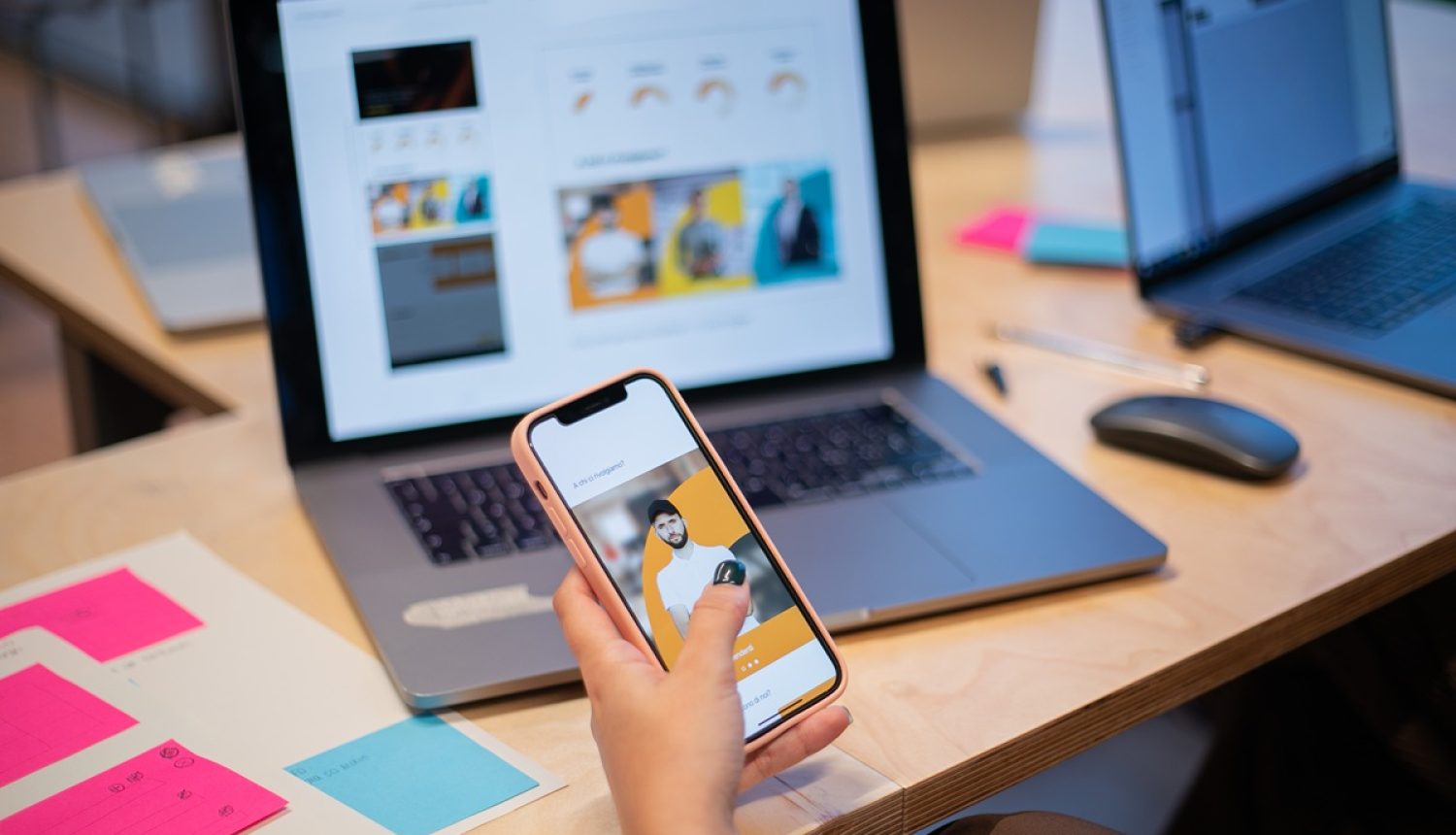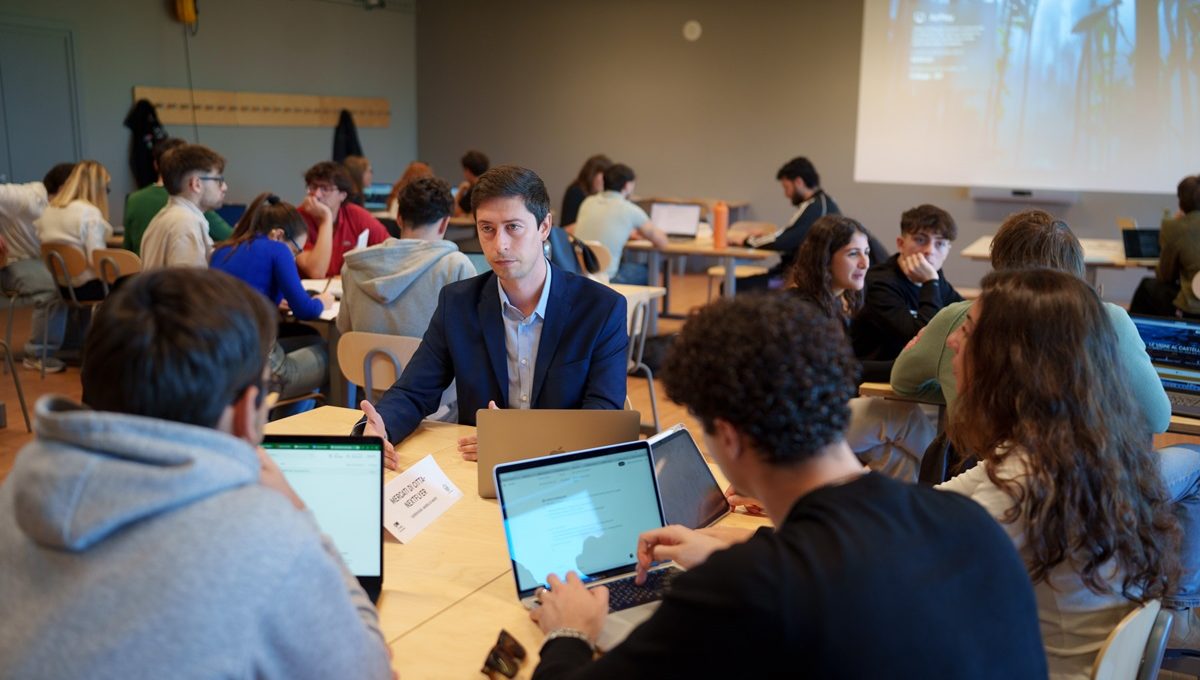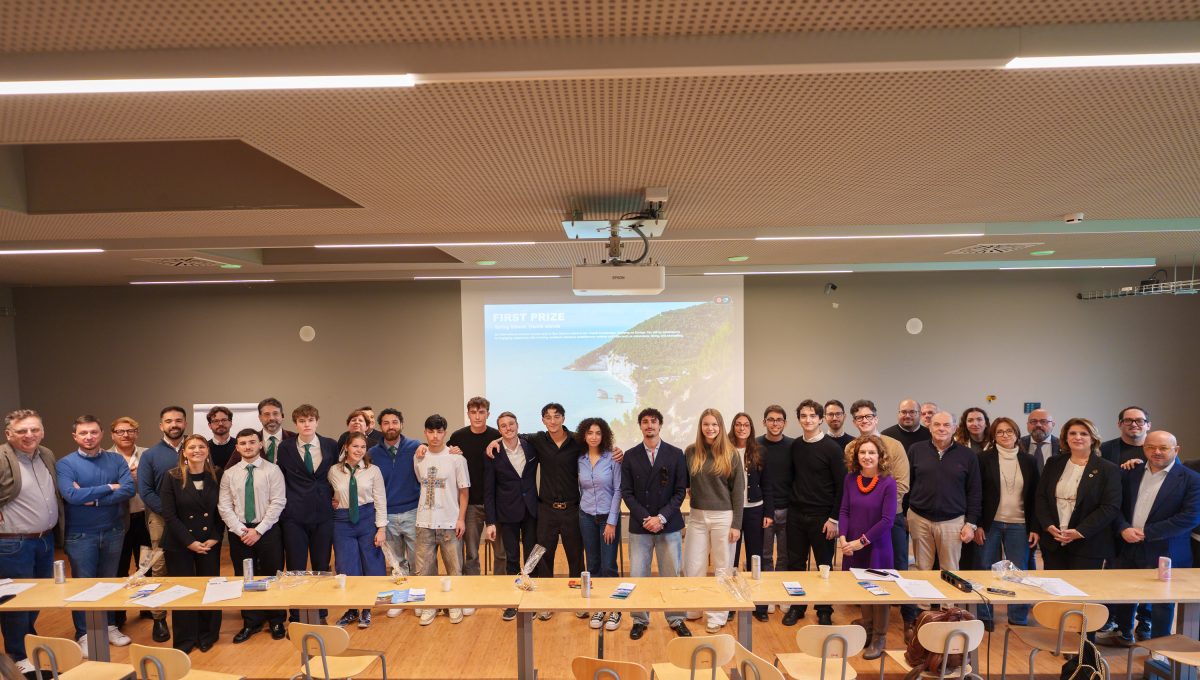UX/UI Designer: key role in every tech company

Every time you browse an app and everything runs smoothly, simple, clear, intuitive, it’s not a coincidence. Behind that ease lies the precise, strategic work of a UI/UX Designer. And when a website guides you seamlessly to what you’re looking for without confusing you, it’s because someone carefully designed not just how it looks, but how it makes you feel.
Today, the UI/UX Designer plays a central role in every company working in the digital space. It doesn’t matter whether it’s an app for grocery shopping, a B2B software platform, or a social media tool: if there’s a user interface, then someone needs to design a meaningful experience.
That’s why this profession has become one of the most in-demand, not only in the tech world. Companies are actively seeking profiles that can listen to users’ needs, transform them into intuitive digital paths, and make technology feel more human. If you have a creative mind with a logical approach, if you’re fascinated by how people behave and love finding ways to simplify their interactions, this might be the job for you.
Curious if this could be your career path? Talk to the H-FARM College team and discover how to start your journey as a UI/UX Designer!
What Does a UX/UI Designer Really Do Today
A common question online is: what does a UI UX designer do? And it’s a fair one, because the role combines multiple skills that aren’t always obvious to newcomers.
The UX Designer (User Experience) focuses on the full experience: researching user behavior, analyzing data, designing intuitive navigation paths, and organizing content for accessibility. Think of them as experience architects, guiding users from point A to point B as efficiently as possible.
The UI Designer (User Interface) handles the visual side: color palettes, typography, buttons, spacing, icons, animations, and visual coherence. They bring the user journey to life, shaping what the UX team has mapped out.
Today, companies increasingly look for hybrid profiles. A UI/UX Designer is someone who can work across both UX and UI, collaborating with developers, marketers, and product managers to create digital products that are both visually appealing and user-friendly.
If you’re ready to build a professional profile that combines creativity, empathy, and technical skill, H-FARM College is the place to start. Contact us to discover how to begin your path!
How to Get Started: Basic Skills, Creative Mindset and User-First Thinking
Understanding how to become a UI/UX Designer isn’t just about learning the software. It means developing a mindset that places the user at the center, learning to observe behavior, ask the right questions, test solutions, and iterate until things truly work.
Some essential technical skills include mastering tools like Figma, Sketch, or Adobe XD, understanding usability principles, creating wireframes and prototypes, and designing with accessibility in mind. But tools alone are not enough.
What really makes the difference is mindset. A great UI/UX Designer is open to feedback, actively listens to users, never falls in love with their first idea, and constantly looks for ways to improve. They are problem solvers with a creative touch and an analytical brain.
And yes all of this can be learned. At H-FARM College, you can train in an environment where design, technology, and innovation intersect every day. Reach out to us to learn how to get started!
The Best Courses to Become a UX/UI Designer With H-FARM College
If you’re serious about becoming a UI/UX Designer, you need a learning experience that prepares you to work in teams, collaborate with companies, and design for real users. It’s not just theory, it’s practice, experimentation, and building real projects.
That’s the idea behind the Master Degree in Design and Communication at H-FARM College: a program designed for those who want to launch a career in digital design, with a strong focus on user experience and innovation.
Throughout the course, you’ll work with industry professionals, take part in hands-on labs, tackle real-world briefs, and build a solid portfolio that will stand out in the job market.
You’ll learn to design not just beautiful interfaces, but effective user flows. You’ll sharpen your ability to present and defend your ideas, collaborate in multidisciplinary teams, and explore emerging tech tools. You’ll study on a cutting-edge campus where design is viewed as a tool for solving real problems.
Want to become a UI/UX Designer? Your first step is to study in the right environment. Get in touch to learn more about the Master Degree!
How much does a UX/UI Designer Earn in 2025?
Let’s talk numbers. Because yes, it’s helpful to know what a UI/UX Designer can expect to earn, especially if you’re considering it as a future career.
By 2025, based on current digital market trends, a junior UI/UX Designer in Italy can expect to earn between €25,000 and €32,000 per year. With 2–3 years of experience, salaries often rise above €40,000. Senior profiles (like Lead Designers or Product Designers) can exceed €60,000, especially in international companies or fast-growing startups.
As a freelance or contractor, rates vary even more depending on your niche, portfolio, and negotiation skills. You can work with startups, creative agencies, or corporate clients, often entirely remotely.
The key insight? Tech companies, startups, and digital agencies are investing heavily in user experience. And the demand for UI/UX designers shows no signs of slowing down.
Want to understand if this role matches your ambitions and future goals? Contact us for a one-on-one conversation!
Working as a UX/UI Designer: Freelance vs In-House
After finishing your studies, one of the big decisions is whether to work in-house or as a freelancer. There’s no one-size-fits-all answer, but understanding the differences can help you choose the right path.
Working in-house means being part of a stable team, with a clear role and responsibilities. You follow a product’s development from start to finish, collaborating daily with developers, marketing experts, and product owners. It’s a great opportunity to grow within a structured environment.
Freelancing, on the other hand, offers total flexibility. You choose your clients, manage your own time, and often work remotely with agencies, startups, or international companies. But you also have to handle contracts, negotiations, client communication, and constant updates.
Many professionals start in-house, build experience and confidence, then move into freelance roles or do both in parallel. What matters most is building a strong skill set and being clear about your goals.
Whatever you choose, the best way to start is with training that gives you the tools to decide confidently. Let’s talk and find the program that fits your vision!
FAQ


They design the experience and interface of digital products like apps or websites. They ensure things not only look good (UI) but work smoothly and intuitively (UX).


Not necessarily. Visual skills help, but what matters more is understanding how users think and designing for functionality. If you’re creative and analytical, you’re already on the right track.


Yes, but structured training gives you a real advantage. It helps you build a solid portfolio, learn from real projects, and present yourself professionally.


Next time you use an app, pay attention—do you notice things that don’t work? Do you imagine how you’d redesign them? Do you enjoy improving digital experiences? If yes, you’re in the right mindset.


Start by enrolling in a UI/UX Designer course that blends creativity, design thinking, and real-world practice. The Master in Design and Communication at H-FARM College is a great place to begin.











 Back
Back
